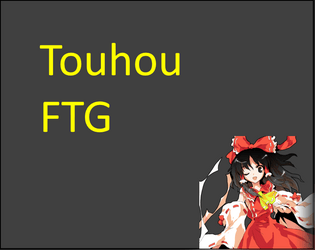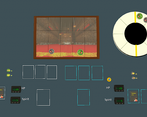I must say, unfortunately, that I had a lot of trouble understanding the rules, because there were many concepts and steps I did not understand. Medal’s video was helpful, but I could only play a few moves by myself because I was unsure how to proceed properly.
I have played Soku but I haven’t played many tabletop games. Here are the things I’d suggest adding:
-
Explaining the parts of the board and what each token means.
Explaining the terms used in the game: what is a card, a skill, what is spirit, cast time, recovering time, hitlag, cancel level, bullet, etc. The player can understand some concepts through context clues or by knowing about Soku or fighting games, but an explicit definition would be better for newcomers.
An improved game phase flow diagram (I feel like the flow is not complete, the “Timing adjustment (casttime)” step is missing the next step/arrow for example), and a better or more detailed explanation of the flow and phases in general.
A few step-by-step examples for each possible action, or at least the most common ones.
A card design with icons so it’s easier to remember what the numbers mean.
I also noticed that the rules used “slot” and “block” interchangeably, but it might be better to just use “slot”.
I understand it’s a demo and that possibly there wasn’t enough time to expand on all those parts. The game looks pretty complete mechanically speaking and it’s interesting to see a fighting game translated into a tabletop version.





Leave a comment
Log in with itch.io to leave a comment.